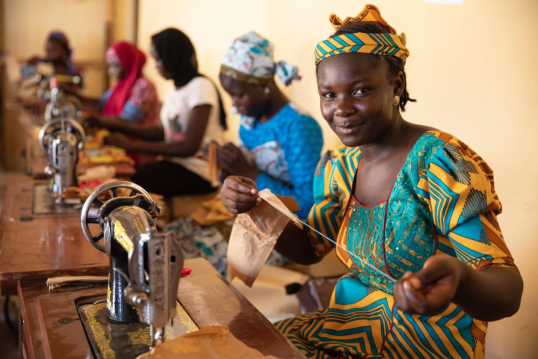Introduction
In traditional justice systems, the focus is often on punishment—determining guilt and imposing penalties such as fines or imprisonment. However, **restorative justice** offers a different approach, emphasizing **repair, reconciliation, and rehabilitation** rather than retribution. This model brings together offenders, victims, and the community to address harm, foster accountability, and promote healing.
## **What is Restorative Justice?**
Restorative justice is a **victim-centered approach** that seeks to repair the harm caused by criminal behavior by involving all stakeholders in the resolution process. Key principles include:
– **Accountability:** Offenders take responsibility for their actions.
– **Dialogue:** Victims and offenders communicate in a controlled setting.
– **Repair:** Efforts are made to restore relationships and compensate for harm.
– **Reintegration:** Offenders are supported in returning to the community.
Unlike punitive systems, restorative justice focuses on **understanding the root causes of crime** and finding constructive solutions.
## **How Restorative Justice Works**
Restorative justice programs can take various forms, including:
1. **Victim-Offender Mediation (VOM)** – A facilitated dialogue where victims and offenders discuss the impact of the crime and agree on restitution.
2. **Family Group Conferencing** – Involves family members, community leaders, and support networks to address harm collectively.
3. **Circle Processes** – A community-based approach where participants discuss the offense and its effects in a structured circle format.
4. **Restorative Circles in Schools** – Used to resolve conflicts among students, promoting empathy and conflict resolution skills.
## **Benefits of Restorative Justice**
### **1. Empowerment for Victims**
Victims often feel sidelined in traditional court processes. Restorative justice allows them to **express their pain, ask questions, and receive direct apologies**, leading to emotional healing.
### **2. Reduced Recidivism**
Studies show that restorative justice lowers reoffending rates by encouraging offenders to **understand the consequences of their actions** and make amends.
### **3. Stronger Communities**
By involving the community, restorative justice **rebuilds trust** and fosters collective responsibility for preventing future harm.
### **4. Cost-Effective Alternative**
Compared to incarceration, restorative programs are often **less expensive** and reduce the burden on courts and prisons.
## **Challenges and Criticisms**
While restorative justice has many benefits, it also faces challenges:
– **Not Suitable for All Crimes** – Severe offenses like violent crimes may require traditional legal intervention.
– **Voluntary Participation Required** – Both victims and offenders must willingly engage, which isn’t always possible.
– **Potential for Re-traumatization** – Some victims may find face-to-face meetings distressing.
## **Restorative Justice Around the World**
Many countries have adopted restorative practices:
– **New Zealand** uses family group conferencing for youth offenders.
– **Canada** integrates Indigenous peacemaking circles into the justice system.
– **Norway** employs restorative approaches in prisons to reduce recidivism.
– **United States** schools use restorative circles to address student conflicts.
## **Conclusion**
Restorative justice offers a **compassionate and effective alternative** to punitive justice systems. By focusing on **repairing harm rather than punishing offenders**, it fosters healing, accountability, and stronger communities. While not a one-size-fits-all solution, its growing adoption worldwide highlights its potential to **transform justice systems** for the better.
As societies continue to seek fairer and more humane ways to address crime, restorative justice stands out as a **powerful tool for reconciliation and lasting change**.
Would you like to explore specific case studies or examples of restorative justice in action? Let me know how I can expand on this topic!






